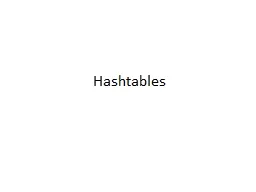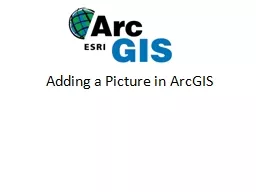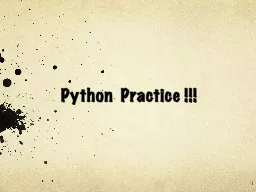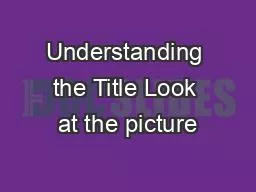PPT-Hashtables Picture of a
Author : min-jolicoeur | Published Date : 2018-02-10
hashtable KEY eg student id VALUE eg student name 089 JOHN 045 DAVE 939 STEVE You can think of this as a dictionary with words and definitions 3 A basic problem
Presentation Embed Code
Download Presentation
Download Presentation The PPT/PDF document "Hashtables Picture of a" is the property of its rightful owner. Permission is granted to download and print the materials on this website for personal, non-commercial use only, and to display it on your personal computer provided you do not modify the materials and that you retain all copyright notices contained in the materials. By downloading content from our website, you accept the terms of this agreement.
Hashtables Picture of a: Transcript
Download Rules Of Document
"Hashtables Picture of a"The content belongs to its owner. You may download and print it for personal use, without modification, and keep all copyright notices. By downloading, you agree to these terms.
Related Documents














